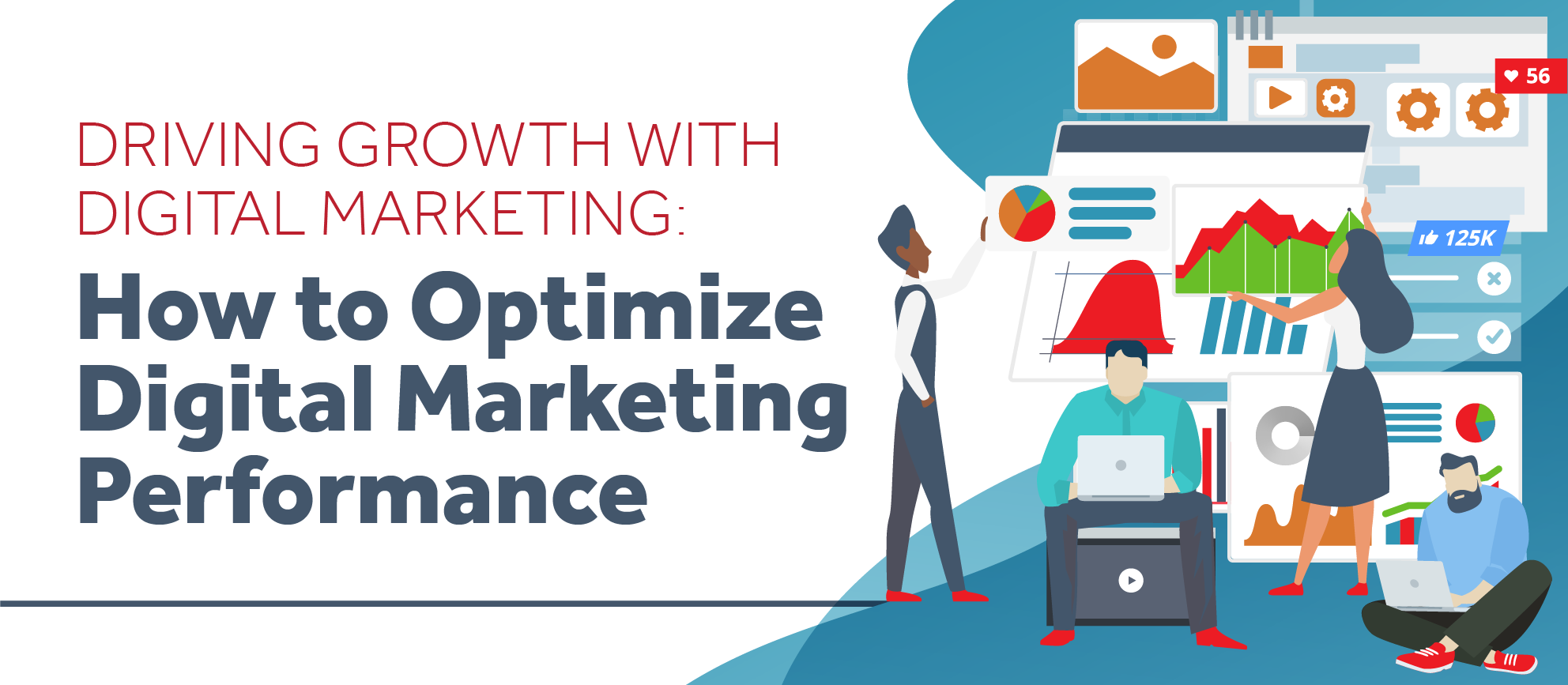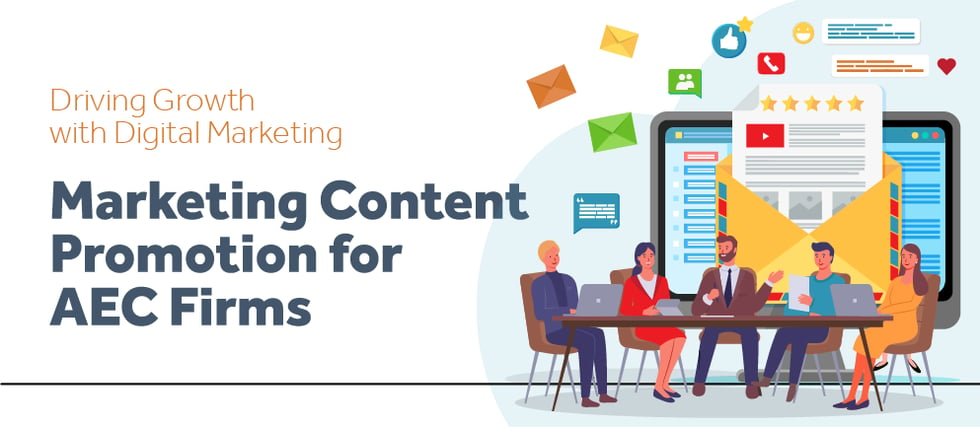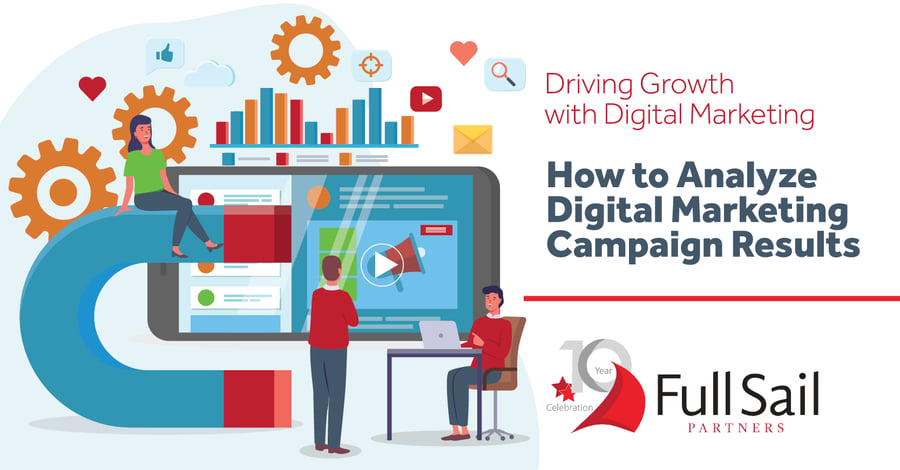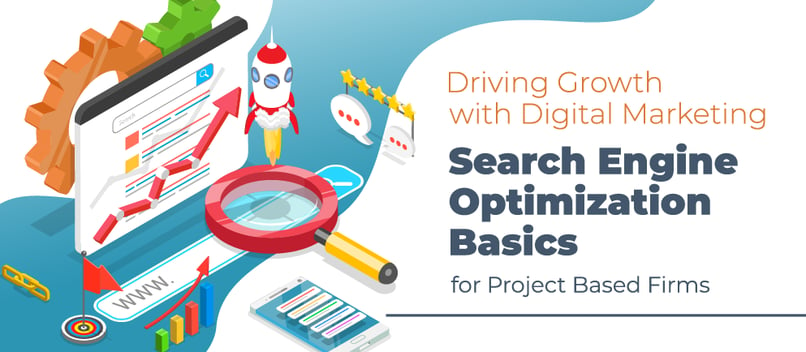Driving Growth with Digital Marketing: How to Optimize Digital Marketing Performance

Throughout the Driving Revenue Growth with Digital Marketing Series, marketers have created and implemented the marketing campaigns and collected results. Now it’s time to analyze and optimize the marketing campaign and strategy to achieve even more efficiency towards the marketing SMART goals.
This article shares just a few of the items to review to optimize digital marketing performance. Areas to optimize include the website, conversions, content promotion and email marketing. And this article just scratches the surface but will offer some ideas to begin.
Improving the Website
The firm’s website is the starting place for any digital or online marketing program. It’s the key piece of online real estate that marketers have complete control of and have access to the background statistics. Some of these key statistics to track will be based on the marketing campaign goals. Others will be general performance statistics to gauge the overall site performance such as overall website traffic, time on page, etc.
Some areas to focus on to optimize performance when it comes to the firm’s website include:
- Highest traffic volume pages – Look at the specific site pages that are getting the most traffic. Identify what, if any, SEO elements are on the page including specific keywords. Look at where the traffic is coming from to that page. Also, check to make sure there is a call to action (CTA) on that page to either capture that visitor’s information or move them to another page to continue the visitor's journey.
- Most read blog posts – Similarly to the site pages, look at the most read blog posts. Which articles or topics are getting the most views? Marketers can assume that this is the type of content or topic that their audience is interested in. Work to create either more content around this topic or repurpose those specific blog topics into other content formats.
Increasing Conversions
A conversion can be any action a person takes that the marketer wants them to do. For example, if there is a form on a webpage, the call to action (CTA) for that page would be to fill out the form. Each time that CTA is completed, it’s a conversion. Conversions don’t always have to be filling out a form; it can be watching a video or requesting a meeting. The idea is that the person took an action, and that action is the conversion.
Once marketers set up their CTAs and start collecting data, it’s time to see how to increase the number of conversions. Some ways to do this are:
- Use CTAs – This may seem obvious, but so many AEC websites do not have any CTAs anywhere on their websites or there’s just one – “Subscribe to ACME Engineering’s Newsletter.” The easiest way to increase conversions is to start using CTAs and inserting them throughout the entire website.
- Make CTAs relevant to the page – Even though we just said to use CTAs, don’t just put them on every webpage and think it is done. Marketers will want to use different CTAs that are relevant to the topic of that blog or page. For example, an architecture firm has a checklist called “10 Ways to Derail an Elementary School Renovation” that they want people to download. A good place to put that CTA is on project profile pages of elementary school renovations, not their healthcare project pages.
Using Specific Landing Pages
Most website management systems like WordPress or HubSpot are easy to set up and update. But sometimes it’s often difficult jumping through internal hoops to get new web pages or new navigations approved internally. So, that’s where landing pages are a great alternative, especially since they are easy to create with software like HubSpot or Leadpages.
A landing page is just that – one page where marketers can direct specific traffic too. Some ways to optimize landing pages are:
- Minimize the design – Remove any design elements, navigation, or CTAs, that would distract the viewer from taking the one action you want them to take. For example, remove the navigation/menu bar, remove the firm’s social media links, etc.
- Write a strong heading – Continuing with minimizing the design is to have a strong headline. This headline should draw the viewer in and make them want to read more. It should either describe a pain point they are looking to solve or some kind of aspiration they are trying to get to.
- Describe the benefits – The landing page should be promoting the goal of the marketing campaign. And that marketing campaign should be benefiting the potential client. Under the headline, describe what the item is and the benefits the potential client will receive. Be clear, concise and to the point. Less is more here.
- Place the form above the fold – Most of the time, landing pages have some type of form for the viewer to complete to get something (a PDF download, checklist, case study, etc.). Make sure the viewer doesn’t have to scroll down to see and fill out the form. Seconds count, and if it takes even just a second longer to realize there’s a form, you might lose them.
- Determine the right questions – There’s a balancing act between asking for enough information and too much information on the landing page forms. Firms often want all the information they could get about a lead, but the lead will balk at having to fill out too many fields on a form. Marketers should determine the right questions to have on their forms to qualify and segment leads, and not one more. This is usually done by testing and then optimizing.
In online marketing circles, the conversion rates of landing pages are somewhere between 5-15%. But marketers should be tracking their own conversion rates and then use these strategies above to make changes and see if that rate increases.
Promote Even More
A previous article discusses how important it is to promote the content and ways to do that. Once marketers begin promoting, they can use that information to make the promotion even better. Some ways to do this include:
- Determine the best channel – Once marketers start getting data, they can see which channels are bringing in the most visitors and highest conversions. Once they know that, they can lean into that channel even more.
- Consider each social media channel – If the firm promotes content on different social media channels like LinkedIn or YouTube, how can the content be re-formatted into different media types or different language used that corresponds to that specific channel?
- Going back to the basics – Marketers should make sure that the graphics and media are appropriately sized and formatted for each social media channel.
- Test frequency to find the sweet spot – Each channel is going to dictate just how often the firm posts content. Once marketers start getting results, they have a baseline and then can start testing posting more or less to see how that affects results.
Don’t Forget About Email Marketing
Part of every online marketing program should include an email marketing component. AEC firms have hundreds, if not thousands, of contacts in their databases and should be communicating with those contacts (with proper permission) on a regular cadence. This is even more important for a specific marketing campaign, like the one they are trying to optimize.
Here are just a few email marketing tips to get great performance:
- Make sure the marketing emails are coming from a person, not a generic email address like “Info@company.com”
- Write clear and clickable subject lines. Take time to develop the subject lines. Don’t wait to just write something to get the email sent. Use this tool to test each subject line.
- Limit CTAs to only one per email campaign, especially if it’s part of a specific marketing campaign. Make sure every link in the email goes to that specific landing page or CTA.
- Segment and personalize as much as possible.
- Optimize for mobile.
Watch this replay where an email marketing expert shared even more email marketing advice.
Always be Adjusting and Refining
Once you begin your digital marketing program, start to analyze results and then optimize, it doesn't end there! Marketing is ever evolving with new interests, new content formats and new preferences in which our targeted audiences like to consume our content. So as marketers we constantly need to be keeping up with trends, especially out of our industry, looking at our metrics, and adjusting our marketing efforts. The good news is that this is fun and creative, and our job demand will remain high.







